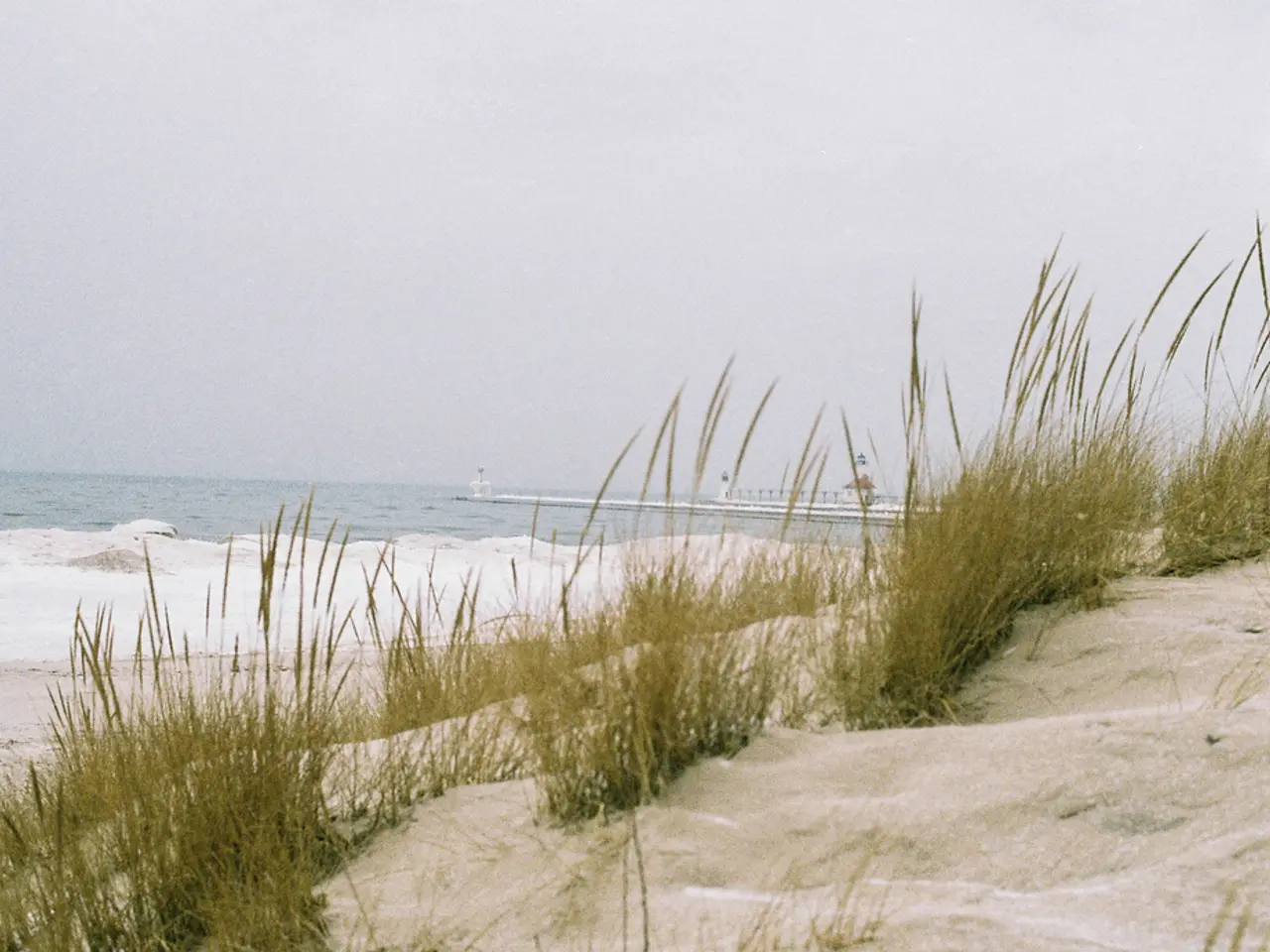Is Play Sand a Suitable Substitute for Regular Soil in Planting? Positive or Negative Implications?
Play sand, commonly used in children's sandboxes, can also find a place in plant soil mixes. However, it offers both benefits and risks, and safe preparation is essential to optimize its use.
Benefits
Play sand's fine grain size and cleanliness make it an effective drainage and aeration agent for heavy or clay soils. It helps prevent soil compaction by increasing pore space, allowing roots to grow and water to percolate more easily. As an inorganic material, it does not decompose, stabilizing the soil texture and reducing the chance of pathogens that thrive in organic-rich soils.
Risks
Despite these advantages, play sand's fine and uniform grain size can lead to compaction issues, especially when wet. This reduction in pore space can result in poor drainage or water retention problems if overused. If not prepared properly, play sand may contain dust, debris, or contaminants that could negatively impact plant health. In non-plant uses, fine sands have been linked to compaction problems. Furthermore, sand alone does not provide nutrients, and relying solely on it can dilute soil fertility.
Safe Preparation
To mitigate these risks, play sand should be rinsed or washed thoroughly before mixing to remove dust and fine particles that can clog soil pores. Choosing clean, horticultural-grade or well-screened sand is preferable to play sand intended for children's sandboxes. Mixing sand with organic matter such as compost or topsoil balances drainage and nutrient content. Use sand judiciously, typically less than 50% of the mix, to avoid creating overly dense or poorly draining soil.
Ensure the sand is free of salts and chemicals that could harm plants. Some manufacturers specify if the sand is safe for gardening. If using local or untreated sand, sterilize it by baking or solarizing (heating in the sun under a clear sheet) to eliminate harmful microorganisms.
In summary, play sand can be beneficial in soil mixes mainly as a drainage and texture improver. However, its fine, uniform grains require careful preparation (washing, mixing with organic matter) to avoid risks like compaction or nutrient deficiency. Properly prepared, it contributes to healthier soil structure and plant growth.
However, it's important to note that play sand is often high in salt or minerals, which can be harmful to plants. Keeping the sandbox clean is crucial for preventing future contamination. When using play sand in plant soil mix, it's crucial to ensure proper drainage and airflow to prevent root rot and other issues. Covering the sandbox when it is not in use is also essential for keeping out animals, debris, and rain. Sandboxes can be breeding grounds for germs, bacteria, fungi, and insects, which can be harmful to children and plants.
Here are two sentences that contain the words 'lifestyle', 'home-and-garden', and 'gardening':
- Gardening enthusiasts may find play sand beneficial for home-and-garden projects, as it can improve soil drainage and texture, contributing to healthier soil structure and plant growth.
- Incorporating play sand into a lifestyle that includes gardening can offer advantages, but it's essential to follow safe preparation practices to avoid compaction issues and maintain soil fertility.




